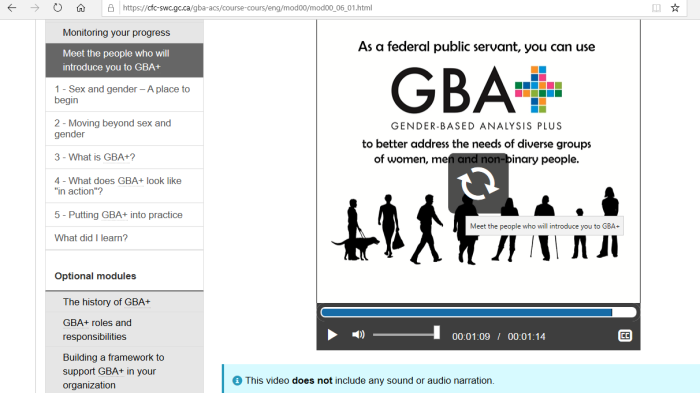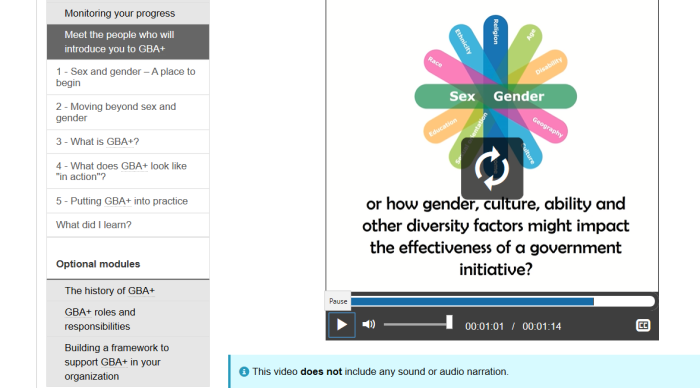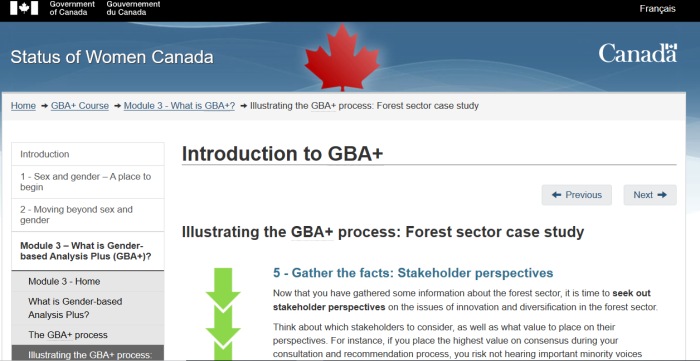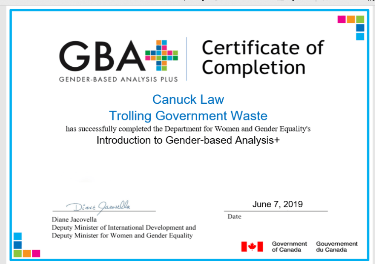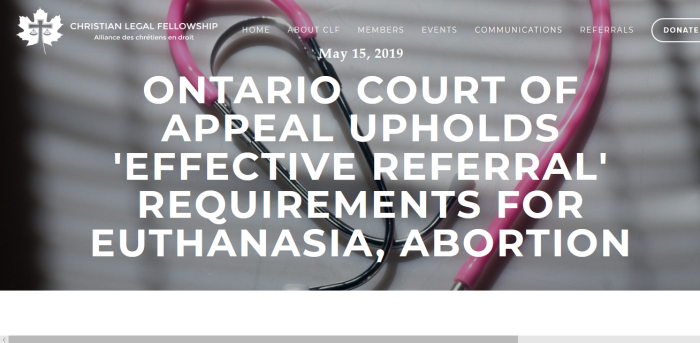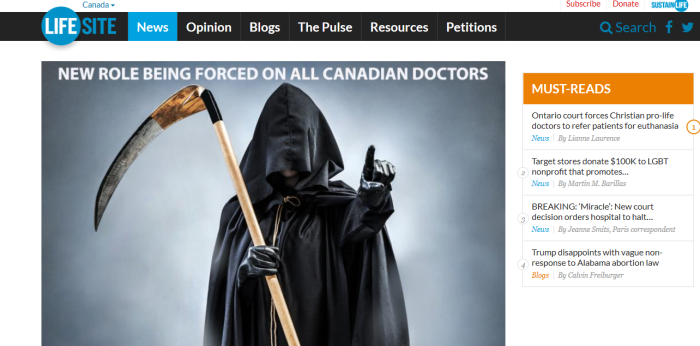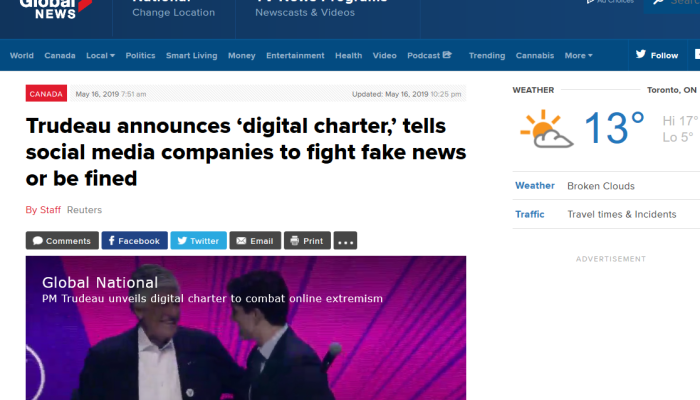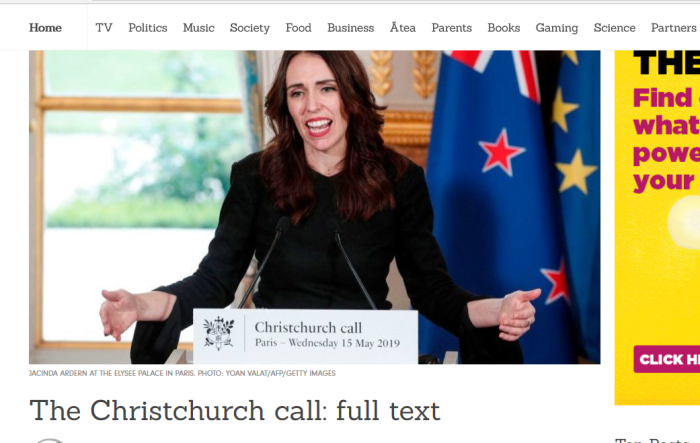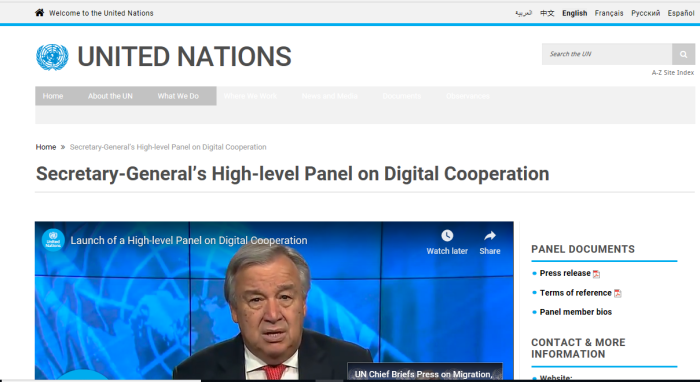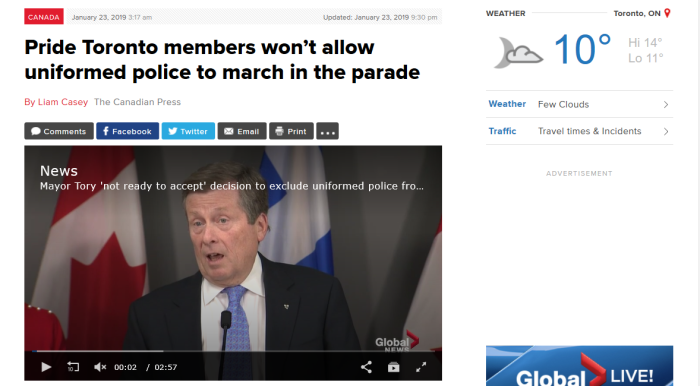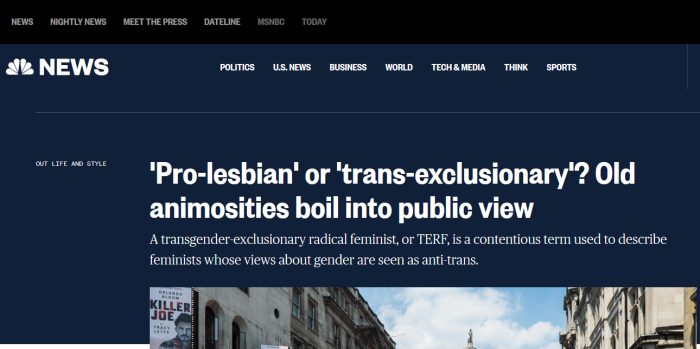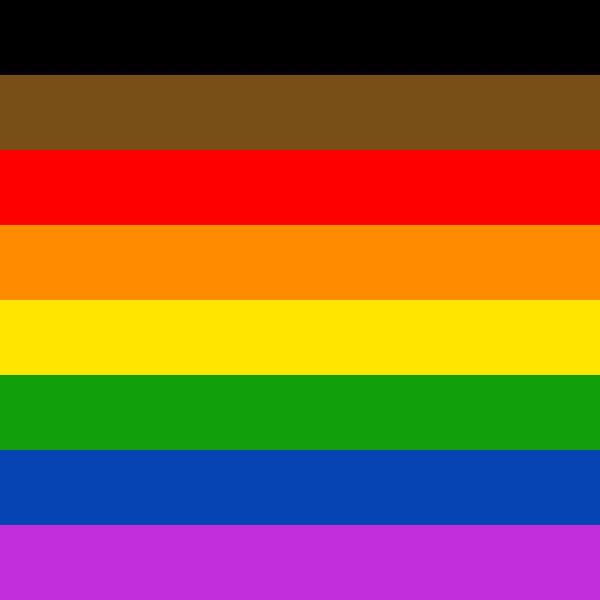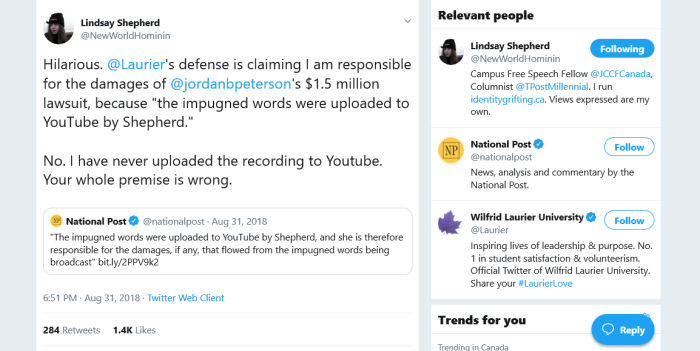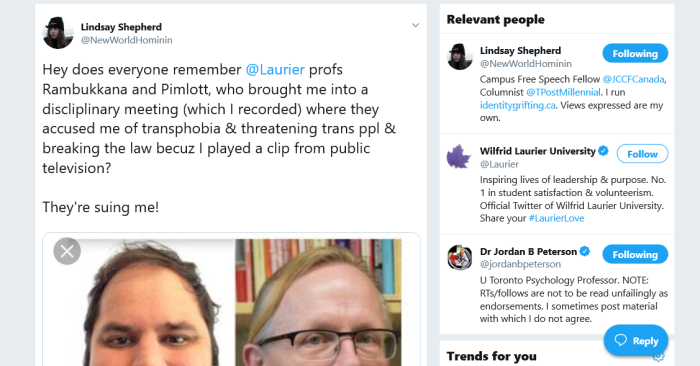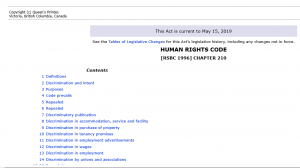
1. Previous Solutions Offered
A response that frequently comes up is for people to ask what to do about it. Instead of just constantly pointing out what is wrong, some constructive suggestions should be offered. This section contains a list of proposals that, if implemented, would benefit society. While the details may be difficult to implement, at least they are a starting point.
2. Important Links
CLICK HERE, for the BC Human Rights Code.
CLICK HERE, for Morgane Oger cashing in on victimhood.
CLICK HERE, for instances of abusing human rights tribunals.
3. Quotes From BC HRC
Discrimination and intent
2 Discrimination in contravention of this Code does not require an intention to contravene this Code.
This is common throughout the various Provincial Codes. No intent is needed on the part of anyone. Contrast this with criminal law, where intent is a required element.
Purposes
3 The purposes of this Code are as follows:
(a) to foster a society in British Columbia in which there are no impediments to full and free participation in the economic, social, political and cultural life of British Columbia;
(b) to promote a climate of understanding and mutual respect where all are equal in dignity and rights;
(c) to prevent discrimination prohibited by this Code;
(d) to identify and eliminate persistent patterns of inequality associated with discrimination prohibited by this Code;
(e) to provide a means of redress for those persons who are discriminated against contrary to this Code.
A major goal is to promote a climate of understanding and mutual respect. Makes it more difficult when this “respect and understanding” are imposed by force.
Persistent patterns of inequality? However, except the solution is often to impose quotas or affirmative action programs.
Discriminatory publication
7 (1) A person must not publish, issue or display, or cause to be published, issued or displayed, any statement, publication, notice, sign, symbol, emblem or other representation that
(a) indicates discrimination or an intention to discriminate against a person or a group or class of persons, or
(b) is likely to expose a person or a group or class of persons to hatred or contempt
because of the race, colour, ancestry, place of origin, religion, marital status, family status, physical or mental disability, sex, sexual orientation, gender identity or expression, or age of that person or that group or class of persons.
(2) Subsection (1) does not apply to a private communication, a communication intended to be private or a communication related to an activity otherwise permitted by this Code.
Good to know. However, “private” and “intending to be private” are could be open to interpretation. Also, is this not treading dangerously close to supressing free speech?
Remedies
37 (1) If the member or panel designated to hear a complaint determines that the complaint is not justified, the member or panel must dismiss the complaint.
(2) If the member or panel determines that the complaint is justified, the member or panel
(a) must order the person that contravened this Code to cease the contravention and to refrain from committing the same or a similar contravention,
(b) may make a declaratory order that the conduct complained of, or similar conduct, is discrimination contrary to this Code,
(c) may order the person that contravened this Code to do one or both of the following:
(i) take steps, specified in the order, to ameliorate the effects of the discriminatory practice;
(ii) adopt and implement an employment equity program or other special program to ameliorate the conditions of disadvantaged individuals or groups if the evidence at the hearing indicates the person has engaged in a pattern or practice that contravenes this Code, and
(d) if the person discriminated against is a party to the complaint, or is an identifiable member of a group or class on behalf of which a complaint is filed, may order the person that contravened this Code to do one or more of the following:
(i) make available to the person discriminated against the right, opportunity or privilege that, in the opinion of the member or panel, the person was denied contrary to this Code;
(ii) compensate the person discriminated against for all, or a part the member or panel determines, of any wages or salary lost, or expenses incurred, by the contravention;
(iii) pay to the person discriminated against an amount that the member or panel considers appropriate to compensate that person for injury to dignity, feelings and self respect or to any of them.
Yes, hurt feelings, dignity and self respect are worth money. How would you even disprove that?
Can order someone to stop doing something, because a person said their feelings were hurt.
For what it’s worth, is a complaint is found to be not justified it must be dismissed. That’s something.
Exemptions
41 (1) If a charitable, philanthropic, educational, fraternal, religious or social organization or corporation that is not operated for profit has as a primary purpose the promotion of the interests and welfare of an identifiable group or class of persons characterized by a physical or mental disability or by a common race, religion, age, sex, sexual orientation, gender identity or expression, marital status, political belief, colour, ancestry or place of origin, that organization or corporation must not be considered to be contravening this Code because it is granting a preference to members of the identifiable group or class of persons.
(2) Nothing in this Code prohibits a distinction on the basis of age if that distinction is permitted or required by any Act or regulation.
Interesting. You can’t discriminate against people based on protected grounds, unless the entire group is devoted to promoting based on a protected ground.
Of course, this exemption likely wouldn’t apply to men, whites, or straight people.
Special programs
42 (1) It is not discrimination or a contravention of this Code to plan, advertise, adopt or implement an employment equity program that
(a) has as its objective the amelioration of conditions of disadvantaged individuals or groups who are disadvantaged because of race, colour, ancestry, place of origin, physical or mental disability, sex, sexual orientation, or gender identity or expression, and
(b) achieves or is reasonably likely to achieve that objective.
(2) [Repealed 2002-62-23.]
(3) On application by any person, with or without notice to any other person, the chair, or a member or panel designated by the chair, may approve any program or activity that has as its objective the amelioration of conditions of disadvantaged individuals or groups.
(4) Any program or activity approved under subsection (3) is deemed not to be in contravention of this Code.
So it is wrong to discriminate based on “protected grounds” unless those groups are considered “disadvantaged”. Then go for it.
And from Section 41, it is wrong to discriminate against a group. That is unless you are part of a group whose main purpose is to discriminate on other groups.
Non-compellability of commissioner and staff
47.10 (1) Subject to subsection (2), the commissioner, and anyone acting for or under the direction of the commissioner, must not be compelled to give evidence in court or in any other proceedings respecting any information received in the course of exercising powers or performing duties under this Code.
(2) The commissioner, and anyone acting for or under the direction of the commissioner, may be compelled to give evidence in a prosecution of an offence under this Code.
Interesting. Staff “can” be compelled to appear for an HRT hearing, but not for Court or other matters.
Personal liability protection of commissioner and staff
47.11 (1) Subject to subsection (2), no legal proceeding for damages lies or may be commenced or maintained against the commissioner, or against a person acting for or under the direction of the commissioner, because of anything done or omitted
(a) in the exercise or intended exercise of any power under this Code, or
(b) in the performance or intended performance of any duty under this Code.
(2) Subsection (1) does not apply to a person referred to in that subsection in relation to anything done or omitted by that person in bad faith.
As long as the Commissioner and staff “claim” that everything is in good faith, then they can’t be held liable. How exactly do you prove “bad faith”?
4. So Why Abolish Entirely?
To summarize (using BC as a model):
- Intent not necessary to get a finding against you
- Discrimination okay, if it is your group identity
- Discrimination okay, if for affirmative action
- Encroaches on legitimate free speech territory
- Hurt feelings are grounds for monetary compensation
- Commissioner and staff, cannot be compelled to appear in outside hearings, REGARDLESS of the power which they are allowed to wield
- Cannot take action against staff unless you can prove “bad faith”, an almost impossible standard
These tribunals are allowed to behave as courts do, and implement court-style punishments. However, there are almost no standards when it comes to deciding what is a violation.
Ancient ideas, past their due date.



